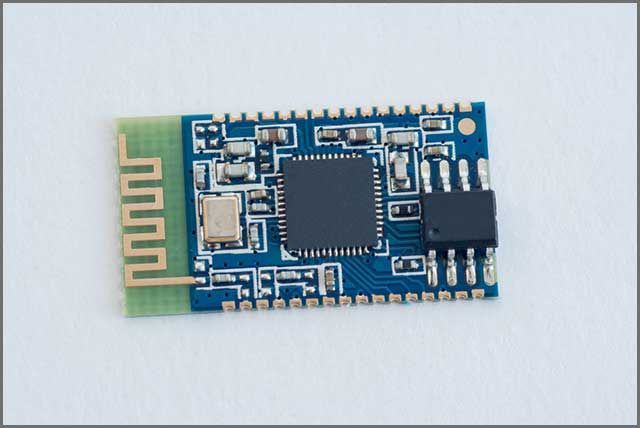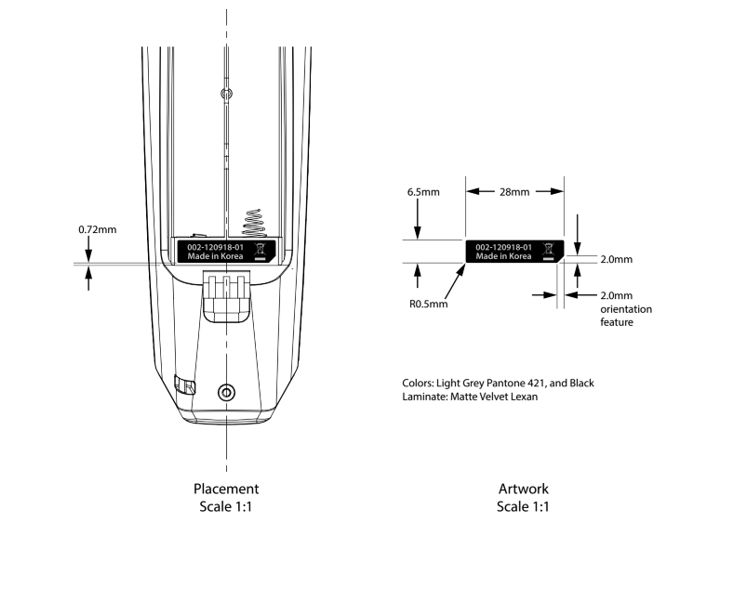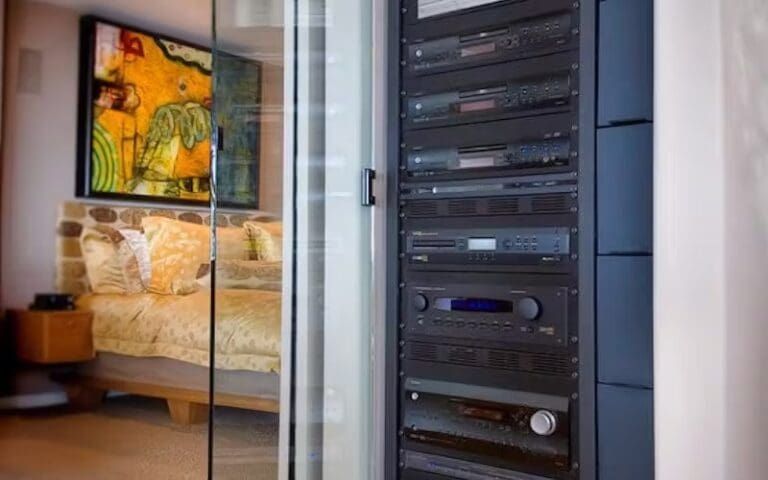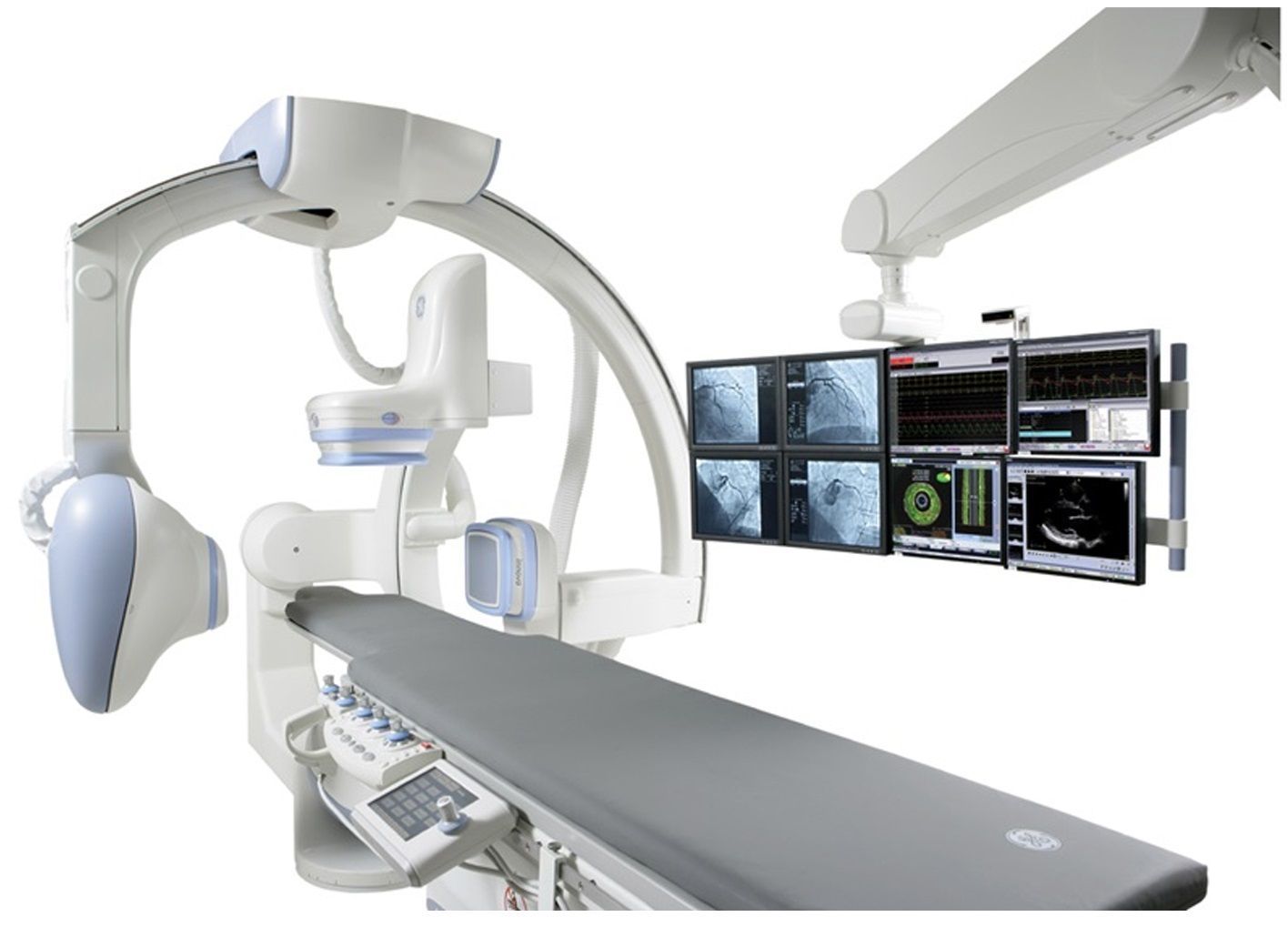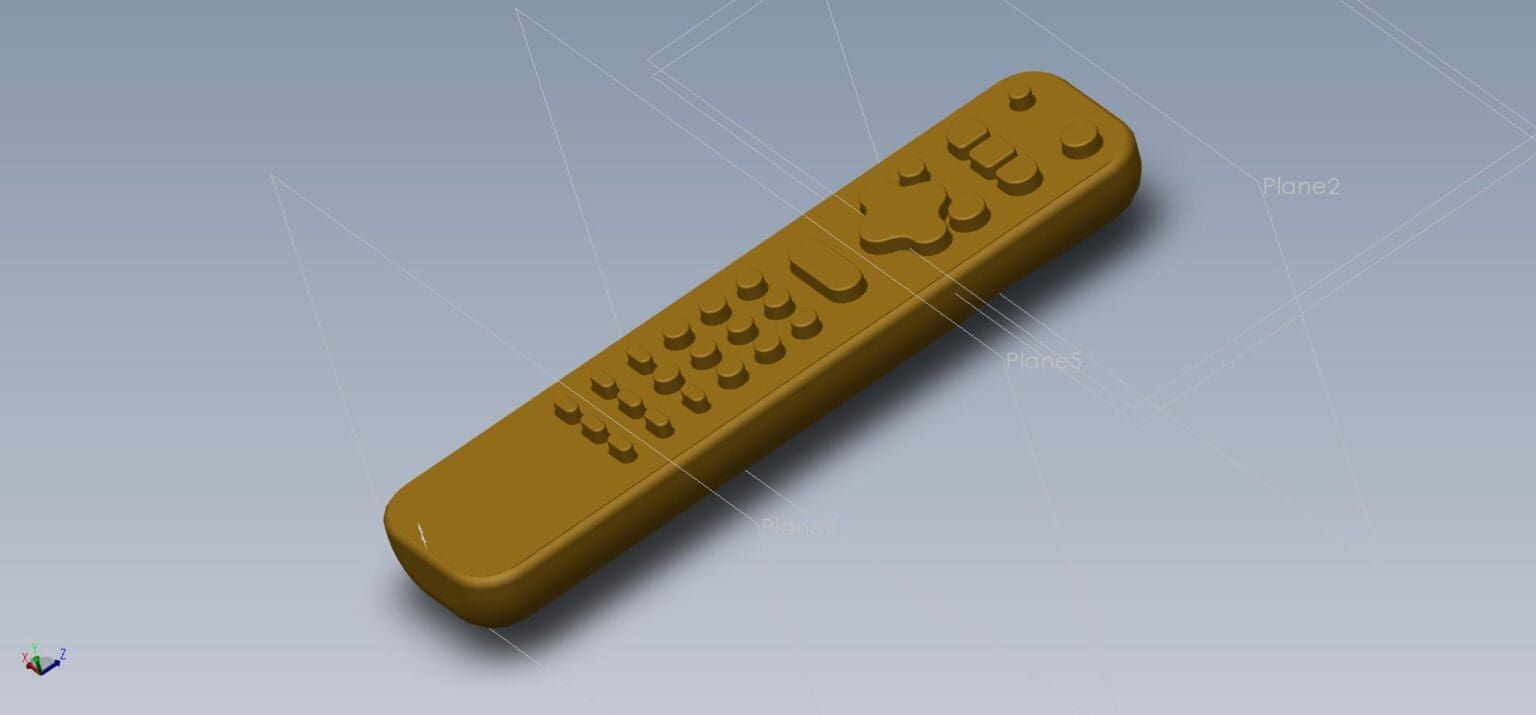Why Electromagnetic Compatibility (EMC) and Radiated Emissions for Custom Remote Control Systems Are Important Manufacturing Considerations. - Celadon

In today’s interconnected world, ensuring that electronic devices coexist without interfering with one another is paramount. Electromagnetic Compatibility (EMC) addresses this challenge by defining how equipment should limit its own electromagnetic emissions and tolerate emissions from other sources. For manufacturers of custom remote control systems—like Celadon Inc.—designing for robust EMC performance isn’t just good practice; it is a regulatory requirement.
What Is EMC?
EMC is the discipline concerned with both emission and immunity of electronic devices in a shared electromagnetic environment.
- Emissions refer to the unintentional generation and release of electromagnetic energy by a device, either through its circuitry (conducted emissions) or radiated into space (radiated emissions).
- Immunity (or susceptibility) is the device’s ability to continue functioning correctly when exposed to external electromagnetic interference (EMI).
By balancing emission control and immunity enhancement, EMC ensures that multiple devices can operate side-by-side without mutual disruption (Wikipedia).
Conducted vs. Radiated Emissions
Conducted Emissions travel along power and signal lines. In remote controls, these can be generated by switching regulators, microcontrollers, or key-scan circuits. Without proper filtering (e.g., feed-through capacitors or LC filters), these emissions can travel back into a system’s power bus and disrupt other equipment.
Radiated Emissions escape from cables, enclosures, or PCB traces and propagate through free space. Even low-power handheld remotes can radiate unintended signals at harmonics of their operating frequencies if trace routing and enclosure design aren’t optimized.
Mitigating both types of emissions typically involves:
- Filtering: Ferrite beads and capacitors on power lines to suppress conducted noise.
- Shielding: Metal or conductive coatings on enclosures to contain radiated energy.
- PCB Layout Best Practices: Short trace lengths for high-speed signals, proper grounding, and controlled impedance routing to minimize loop areas.
Regulatory Standards and Testing
Most regions mandate compliance with specific EMC standards before a product can be sold. These standards vary from country to country, but generally follow standards from the International Electrotechnical Commission (IEC). The IEC publishes standards for radiated emissions, radiated immunity, electrostatic discharge and other conditions.
Most countries have their own EMC test standards that must be met though standardized testing, documentation and certification.
- United States (FCC): The FCC’s EMC Division provides guidelines and measurement procedures for both conducted and radiated emissions testing. Manufacturers must demonstrate compliance under Part 15 of the FCC rules to obtain equipment authorization (Federal Communications Commission).
- Canada (ISED): Canadian EMC certification is regulated by the Innovation, Science and Economic Development (ISED) to ensure RF devices comply with Canadian technical standards.
- Europe (CE): The European Union uses the CE mark to indicate EMC Compliance under the Radiated Emissions Directive (RED). All products sold in the European Union must have a CE mark on the product label.
Testing is typically carried out in specialized facilities using:
- Anechoic Chambers or Open-Area Test Sites (OATS) for radiated emissions.
- Line Impedance Stabilization Networks (LISNs) for conducted emissions measurements.
A thorough EMC test plan includes both pre-compliance checks (in-house) and final compliance tests (accredited labs) to identify and resolve issues early in development.
Design for EMC: Celadon’s Approach
At Celadon Inc, EMC is integrated into every phase of our custom remote control development process:
Conceptual Design & PCB Layout
- We collaborate with clients to define performance and emission targets.
- Our engineers apply best-practice PCB layout techniques—such as split ground planes and decoupling strategies—to control high-frequency currents.
Filtering & Circuit Protection
- Critical interfaces (e.g., power inputs, sensor lines) are fitted with EMI filters and transient suppressors to guard against conducted noise and electrostatic discharge (ESD).
- Our firmware teams optimize microcontroller clocking and scanning routines to avoid generating harmonics in sensitive bands.
Pre-Compliance Testing
- Celadon can provide pre-compliance testing for quick validation of conducted and radiated emissions. Early detection of EMC issues saves time and cost compared to late-stage fixes.
Final Compliance & Certification
- We coordinate full compliance testing at accredited EMC laboratories, guiding clients through the FCC, CE, or other regional certification processes. Celadon will provide clients with test reports, Declaration of Compliance (DoC) Templates, and other necessary documentation for EMC compliance.
By embedding EMC considerations into our OEM Remote Control Products (Celadon) and custom solutions, Celadon ensures that every remote control system not only meets functional requirements but also coexists harmoniously in its intended electromagnetic environment.
Further Reading
- U.S. Federal Communications Commission, Electromagnetic Compatibility Division: “Engineering and measurement procedures to demonstrate compliance with FCC rules” (Federal Communications Commission)
Wikipedia: “Electromagnetic compatibility” — A comprehensive overview of EMC principles, standards, and testing methods (Wikipedia)
Whether you’re developing a simple infrared TV remote or a complex industrial RF controller, EMC compliance and certification is essential. Contact Celadon’s engineering team today to discuss how we can tailor your next remote control project for optimal performance and compliance.
August 6, 2025


